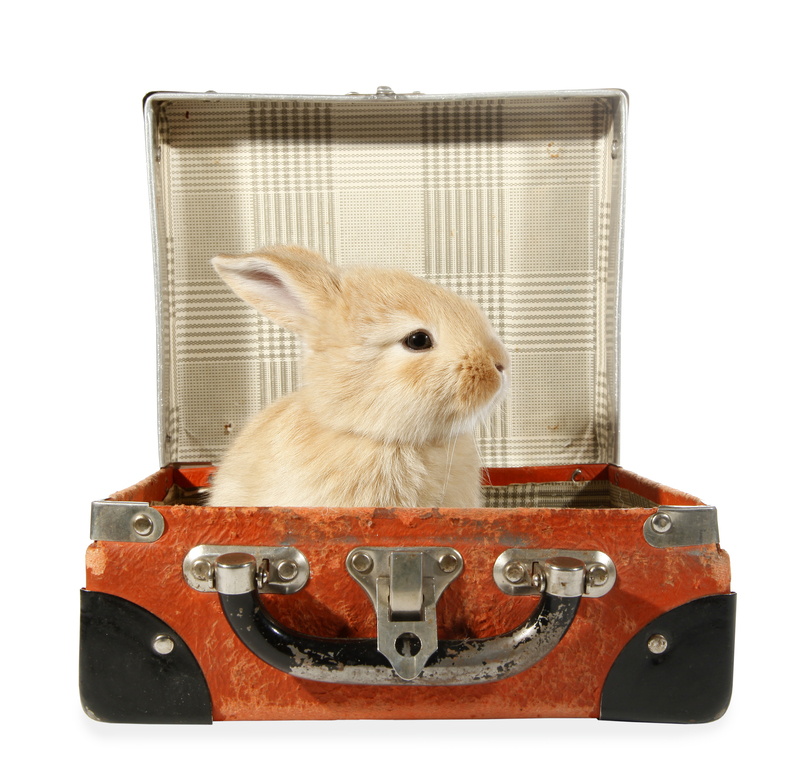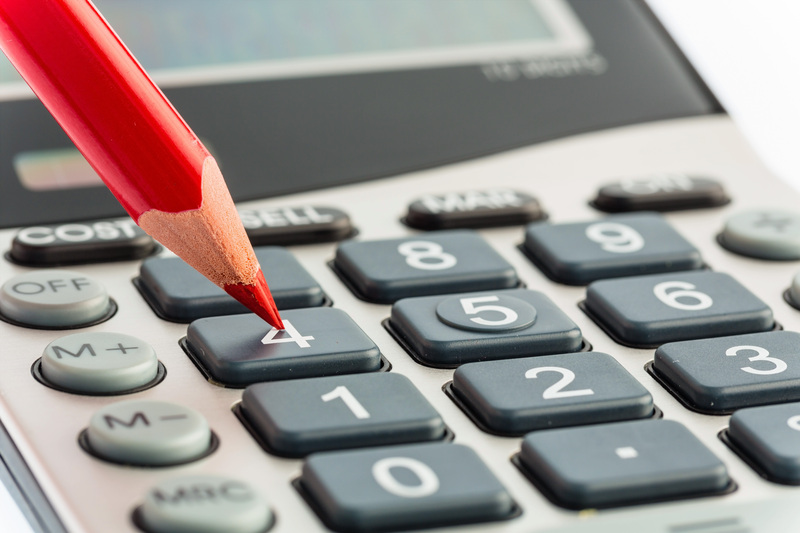Expert Advice on Relocating Your Bed and Mattress
Posted on 21/06/2025
Expert Advice on Relocating Your Bed and Mattress
Moving to a new home can be both exciting and overwhelming, especially when it comes to transporting large and essential furniture pieces like your bed and mattress. Whether you're upgrading your living situation or simply switching apartments, relocating your bed and mattress requires careful planning and the right techniques to ensure they arrive safely and in perfect condition.
Why Proper Relocation of Your Bed and Mattress Matters
Relocating your bed frame and mattress may seem straightforward, but mishandling these items can lead to expensive damage, discomfort in your new home, and even injury. *Bed and mattress moving* done wrong can result in:
- Potential for structural damage: Bed frames can crack, and mattresses can tear or deform.
- Loss of comfort: Accidental bends or moisture can permanently affect mattress support and lifespan.
- Health issues: Dirt, dust, or pests picked up during transit can affect your health.
- Safety risks: Heavy lifting without preparation can lead to back strain or worse.
To help you avoid these pitfalls, we present comprehensive, expert-approved advice for relocating your bed and mattress efficiently and safely.

Planning Your Mattress and Bed Move: Preparation Steps
Before you begin, it's essential to plan your move. A well-prepared approach saves time and money, and makes the process much less stressful.
1. Measure Everything
- Mattress dimensions: Write down the size--Twin, Full, Queen, King, or California King.
- Bed frame size and components: Note if your bed needs complete dismantling or partial disassembly.
- Doorways, stairs, and hallways: Measure to make sure everything fits during the move.
2. Gather the Right Tools and Materials
- Mattress bag: Essential to keep your mattress clean and dry.
- Furniture pads or blankets: Prevent scratches and dings on the bed frame.
- Tool kit: Wrenches, screwdrivers, and Allen keys for disassembly and reassembly.
- Labels or plastic bags: Store nuts, bolts, and screws securely.
- Straps or ropes: For securing pieces during transit.
- Tape: To keep packing materials intact.
How to Disassemble Your Bed Frame for Moving
Expert tip: Take photos of your bed frame's assembly as you work--these will be invaluable during reassembly!
Step-by-Step Bed Disassembly Guide
- Remove bedding and mattress: Strip all sheets, pillows, and mattress toppers. Pack them separately in bags or boxes.
- Take out the mattress: Slide your mattress into a clean, sturdy mattress bag. Make sure it's zipped or taped shut.
- Unscrew the headboard and footboard: Use the appropriate tools and keep all fasteners in labeled bags.
- Disassemble side rails and supports: Carefully unfasten all joints and connections. Document or label each part.
- Stack parts securely: Bundle similar pieces together and wrap with moving blankets for extra protection.
Packing and Protecting Your Mattress for Transport
- Use a mattress bag: This is non-negotiable for keeping out moisture, dirt, and pests. Heavy-duty, sealable plastic bags are best.
- Transport upright when possible: If feasible, keep the mattress upright (especially for foam or hybrid models) to reduce bending or warping.
- Never fold your mattress: Most mattresses (except flexible foam) should never be folded, as it damages internal structure and support.
- Cushion the mattress: Place blankets or pads underneath if laying flat in a vehicle, and avoid stacking heavy items on top.
- Avoid direct heat or sunlight: Exposure may degrade materials or cause discoloration.
Expert tip: For memory foam and latex mattresses, try to minimize movement and pressure. Improper handling can damage the foam's integrity.
Transporting Your Bed and Mattress: DIY vs. Professional Movers
Deciding whether to handle your bed and mattress move yourself or hire professionals hinges on distance, accessibility, and your own resources.
When to Move It Yourself
- Short-distance moves: Local moves are often manageable without professionals.
- Accessible locations: If both locations are elevator-equipped or on the ground floor.
- Help at hand: Friends or family available to assist with heavy lifting.
- Proper vehicle: A van or moving truck tall enough for upright mattress transport.
When to Hire Expert Movers
- Long-distance moves: Professionals are better at securing loads for cross-country transport.
- Heavy or complex beds: Platform, canopy, or adjustable beds often need skilled disassembly.
- High-rise buildings: Professionals have experience maneuvering through tight corridors or stairs.
- Your comfort and safety: Protect yourself from physical strain or injury.
Pro move: Look for moving companies specializing in large furniture or offering white-glove service. They may provide extra protection, insurance, and will often reassemble furniture at your new home.
Common Bed Types and Special Moving Considerations
Each bed type requires a distinct approach for safe and efficient relocation.
Platform Beds
- Semi-permanent assembly; often features many components.
- Disassemble as much as possible; protect delicate slats or panels with extra padding.
- Take detailed assembly notes due to complex structure.
Adjustable Beds
- Unplug electrical components before disassembly.
- Secure moving parts with zip ties or tape to prevent shifting during transit.
- Transport motors and controls separately in padded boxes.
Bunk Beds
- Fully dismantle each level; never move assembled.
- Label all hardware for accurate reassembly. Consider colored stickers or tape.
- Take care with guard rails and ladders--bundle and wrap for transport.
Antique or Custom Beds
- Wrap fragile wood or decorative features extra well.
- If valuable, consult a specialty moving service for antiques.
- Keep any certificates or documentation with you during the move.
How to Move a Mattress Without Damage
Mattresses require special attention during transportation. Follow these expert tips for a worry-free mattress move:
- Do not drag: Always lift, never drag--especially outside, as this can tear fabric and introduce debris.
- Protect corners: Extra padding or corner guards help prevent tears and dents.
- Team lift: Always use two or more people; mattresses are awkward and heavy, and improper handling can cause injury or damage.
- Use moving straps: Distribute weight evenly to prevent the mattress from folding or drooping.
- Remove doors if tight: Temporarily removing doors can help maneuver a large mattress through tight spaces.
Reassembling and Setting Up Your Bed After a Move
Your new home awaits--and so does your bed setup! Here are the expert-recommended steps for putting everything back together and ensuring good sleep from day one:
- Unpack carefully: Inspect all parts for damage before beginning assembly.
- Reference manuals or photos: Use any diagrams, instructions, or photos you took during disassembly.
- Secure all fasteners: Use original hardware and tighten joints firmly, but do not over-tighten.
- Test stability: Wiggle the frame and test the mattress support before making the bed.
- Allow mattress to air: Let your mattress air out for a couple of hours after unpacking to ensure freshness and full expansion (especially for memory foam or pillow-top styles).
Reassembly tip: If you've misplaced any hardware, most hardware stores sell universal bed frame bolts and nuts.
Professional Insights: Frequently Asked Questions on Bed and Mattress Relocation
Should I Move My Mattress or Buy a New One?
If your mattress is less than eight years old and in good condition, moving it makes sense. However, if it's sagging, stained, or harboring allergens, this can be a convenient time for replacement.
How Do I Protect My Mattress During a Move?
Always use a high-quality mattress bag and support the mattress upright during transit. Avoid placing anything heavy on top, and never fold traditional innerspring or hybrid models.
Can I Transport My Mattress on the Roof of My Car?
While tempting for short moves, this is risky. Even well-secured, wind can cause damage, blow the mattress off, or even cause road hazards. Only transport mattresses inside a covered vehicle or moving van.
How Long Should I Let My Mattress Sit After Unpacking?
Allow your mattress to air out for at least 2-4 hours after unpacking, especially if it's foam-based and came from a vacuum-sealed bag. This helps dissipate odors and lets the mattress fully expand.
Is Moving a Box Spring Any Different?
Box springs are lighter, but they're fragile around the edges. Use the same wrapping and padding strategy and avoid putting pressure on the corners during the move.

Essential Checklist: What You Need for a Smooth Bed and Mattress Move
- High-quality mattress bag
- Thick moving blankets and pads
- Complete set of tools (for disassembly/reassembly)
- Zip-top bags or organizers for hardware
- Labels for parts and bolts
- Straps or ropes for securing during transit
- Dedicated helpers or moving professionals
- Photos or instructions for reassembly
- Cleaning supplies for pre- and post-move hygiene
Conclusion: Sleep Soundly After a Stress-Free Move
Relocating your bed and mattress doesn't have to be a headache. With the right preparation, smart packing and disassembly practices, and safe transportation, you can ensure your essential sleep setup arrives intact and ready to provide rest from the very first night. *Remember: Protecting your investment in your sleep comfort is well worth a little extra planning and effort.*
Need more moving tips? For ultimate peace of mind, consider investing in professional moving services, especially for complicated or long-distance moves. Otherwise, follow this step-by-step expert advice to make your bed and mattress relocation efficient, safe, and hassle-free.
Sweet dreams and a smooth move!



